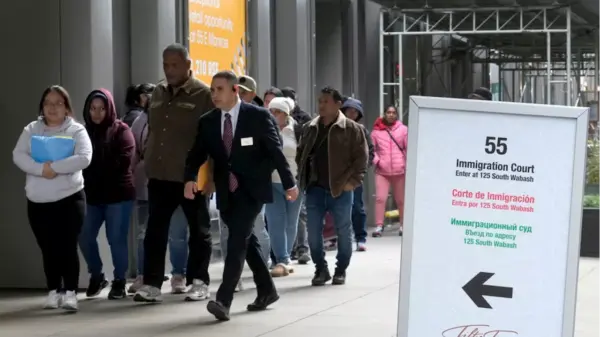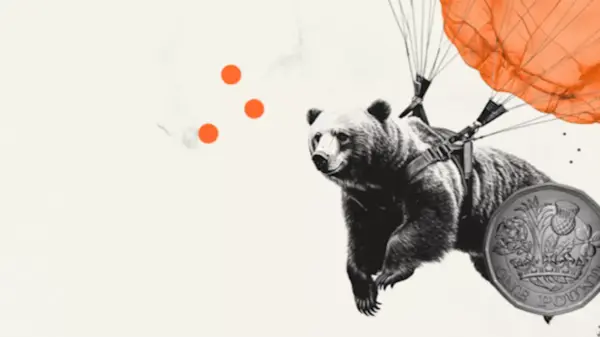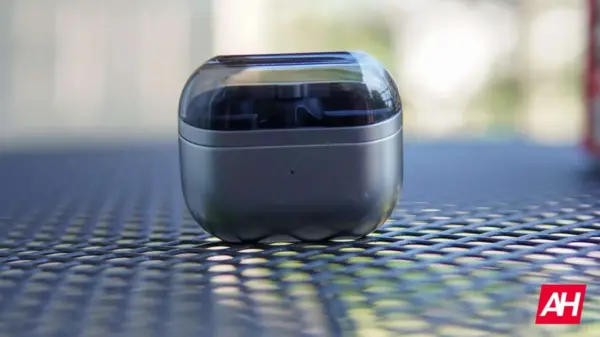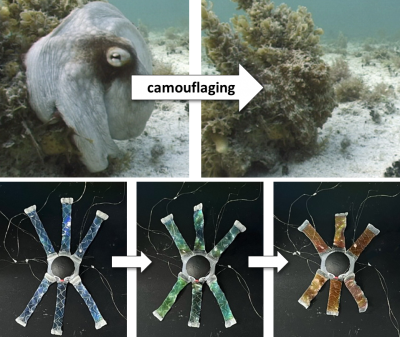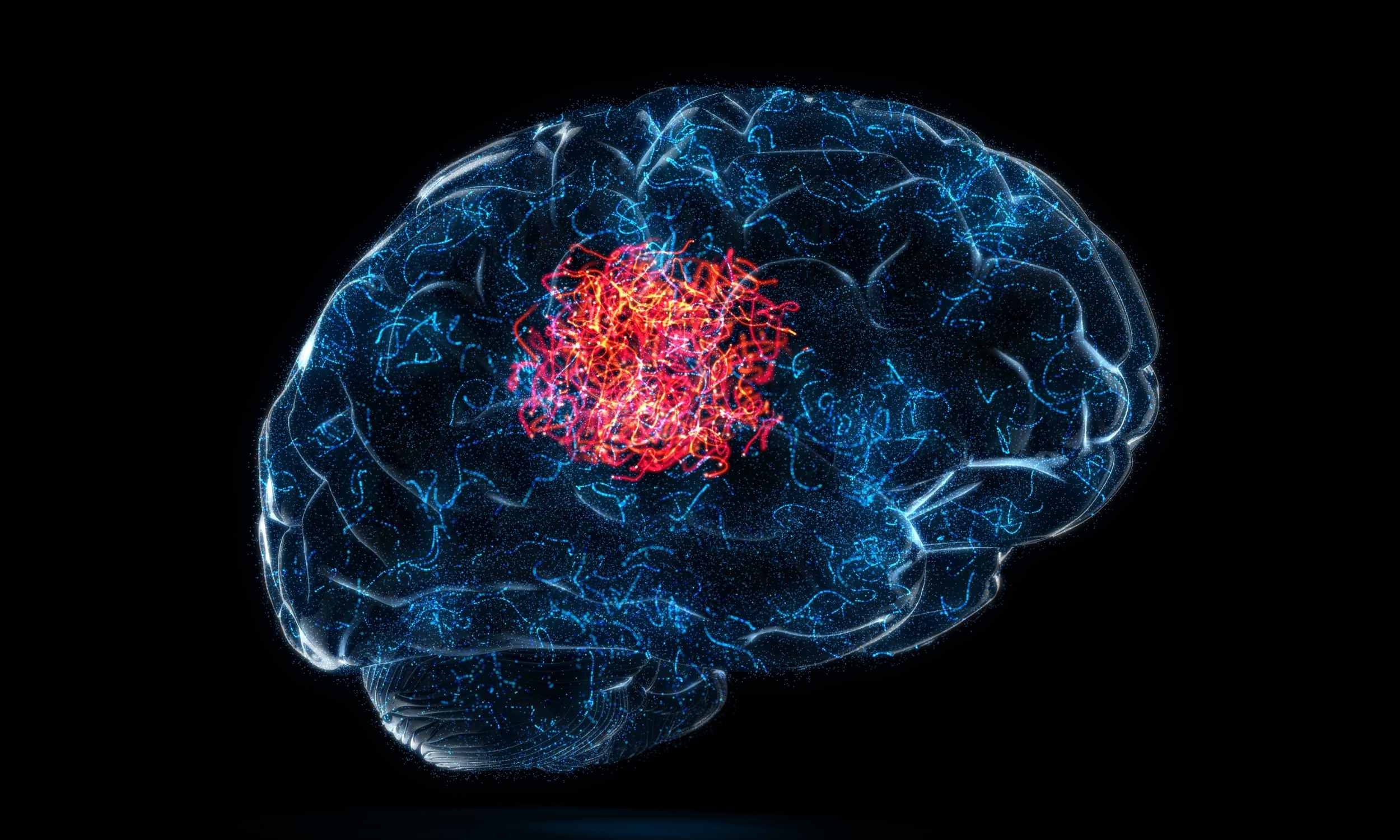Scientists have long been intrigued by the brain’s ability to store memories in a sequential order without overwriting existing information. Recent research has shed light on this mystery, revealing that “place cells” play a crucial role in this process. These findings, led by Ila Fiete of MIT’s McGovern Institute for Brain Research, offer new insights into how our internal “maps” help us recall events with ease.
Place cells, first identified around 50 years ago, become active when a rodent occupies a specific spot in a maze. These cells are located in the hippocampus, a core region for memory, and work in tandem with grid cells in the entorhinal cortex. Together, they form a scaffold that anchors both spatial details and personal experiences to distinct neural patterns.
The Role of the Hippocampus in Memory Storage
The hippocampus, nestled deep within the medial temporal lobe, is vital for converting short-term memories into long-term ones. Without it, experiences would fade shortly after they occur. This brain region also aids in spatial navigation, mental mapping, and environmental orientation. It collaborates with the amygdala and prefrontal cortex to govern learning from experience and emotional responses to events.
Damage to the hippocampus can lead to serious memory issues, such as anterograde amnesia, where new memories cannot be formed. This impairment is often seen in Alzheimer’s disease and cases of brain trauma or stroke. Interestingly, the hippocampus is highly plastic, capable of growing new neurons even in adulthood, a process known as neurogenesis.
Understanding the Vector-HaSH Model
The recent model, termed vector hippocampal scaffolded heteroassociative memory (Vector-HaSH), suggests that the hippocampus functions like an index. It holds pointers directing the brain to detailed content stored in the sensory cortex, allowing for the recall of previously stored information. As Fiete explains, “This model is a first-draft model of the entorhinal-hippocampal episodic memory circuit.”
In simpler terms, the hippocampus does not store every detail permanently. Instead, it guides us to the correct location in the cortex, where the specifics of each memory reside. This model bypasses the “memory cliff,” a limitation of older computational frameworks, by accommodating both new and older memories without hitting a harsh limit.
Implications for Memory Strategies and AI
These findings have significant implications for memory training, particularly for events requiring the memorization of large information sets. The time-honored “memory palace” method aligns with the concept of using spatial backdrops to link new data. By designating specific neural wells as placeholders, we can link a chain of events without confusion.
Moreover, the Vector-HaSH model could inspire more efficient machine learning systems. Understanding the brain’s organization of sequences might help artificial intelligence handle incremental learning more effectively. This integrated reference system, formed by hippocampal and entorhinal circuits, supports the storage of vast amounts of information without abrupt loss.
Future Directions in Memory Research
Future research will explore how short-term recollections solidify into semantic memories, which are general facts detached from specific contexts. The new approach provides a framework for understanding how personal events become separated from their contextual details over time. Researchers are also interested in how episodes are chunked or defined within this model.
This study, published in Nature, underscores the remarkable capabilities of the brain’s memory storage system. The same circuits that once guided our ancestors through unfamiliar terrains now manage our recollections of daily life, from birthdays to significant milestones.
For more engaging articles and exclusive content, subscribe to our newsletter. Stay updated with the latest discoveries and insights.














